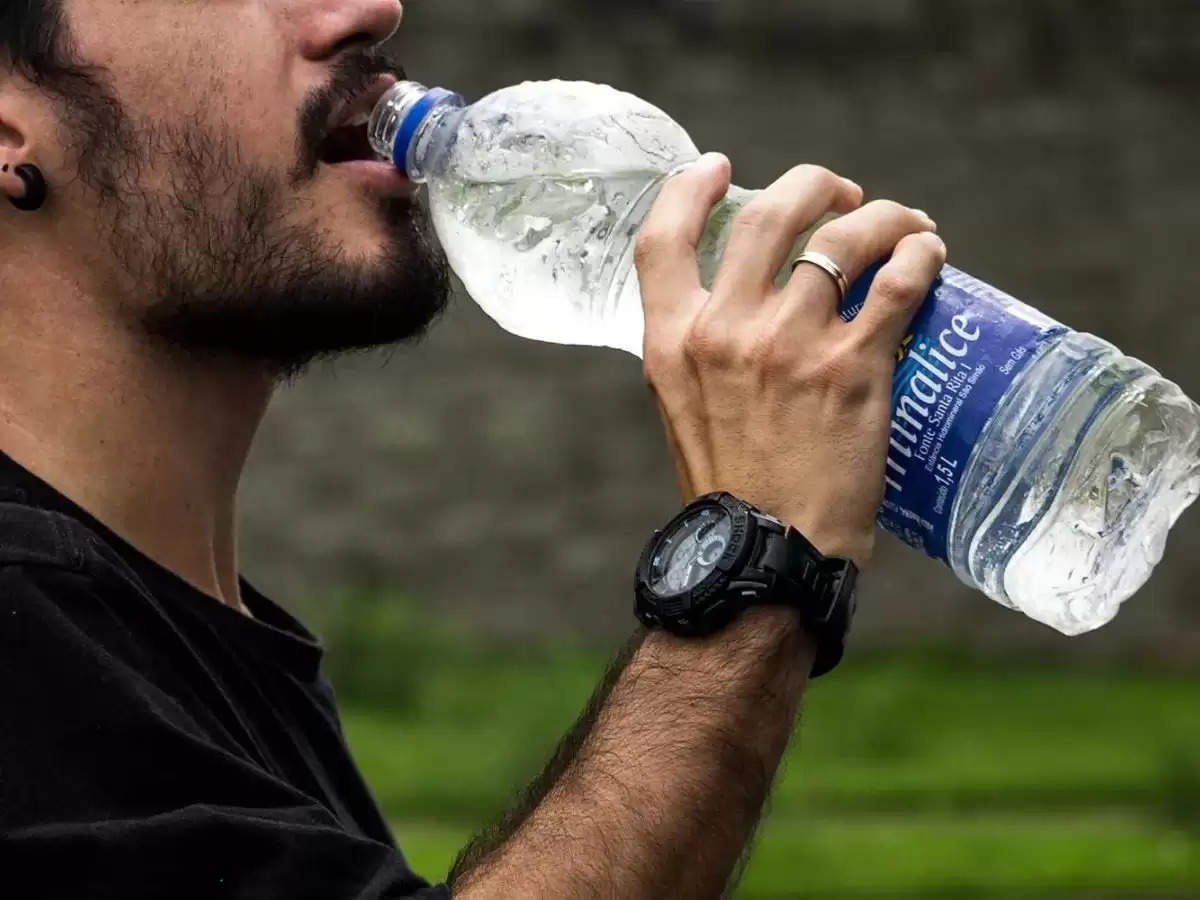
Using plastic bottles for water has become almost commonplace, but did you know that it could be dangerous to your health? A study recently presented at the American Diabetes Association's 2024 Scientific Sessions has raised concerns that BPA, an industrial chemical used in plastic bottles and food containers, may increase the risk of diabetes.
BPA, which stands for bisphenol A, is widely used in food packaging. Earlier studies have also highlighted its ability to block human hormones. This new study provides direct evidence linking BPA to reduced insulin sensitivity. Insulin resistance (which can cause blood sugar levels to remain high for a long time) is a major risk factor for type 2 diabetes.
What do the experts say?
Todd Hagobian, senior author of the study and a professor at California Polytechnic State University, said in a press release that these results suggest that perhaps the safe dosage set by the US Environmental Protection Agency should be reconsidered and healthcare providers could recommend these changes to patients. Currently, the Food and Drug Administration (FDA) considers BPA levels of up to 5 milligrams per kilogram of body weight in food containers to be safe. This amount is 100 times higher than the value found to be dangerous in the new study. This has led some researchers to advocate for a ban on BPA in products that come into contact with food or beverages by the end of 2024.
Concerns about dangerous BPA in everyday items
The warning is part of a broader warning about exposure to potentially harmful substances in everyday items. Understanding the long-term health effects of such substances can help make better choices to reduce the risk of chronic diseases such as type 2 diabetes. Given that diabetes is a leading cause of death in the U.S., it's important to understand that even the smallest factors contribute to disease, Hagobian said in the press release.
 look news india
look news india
